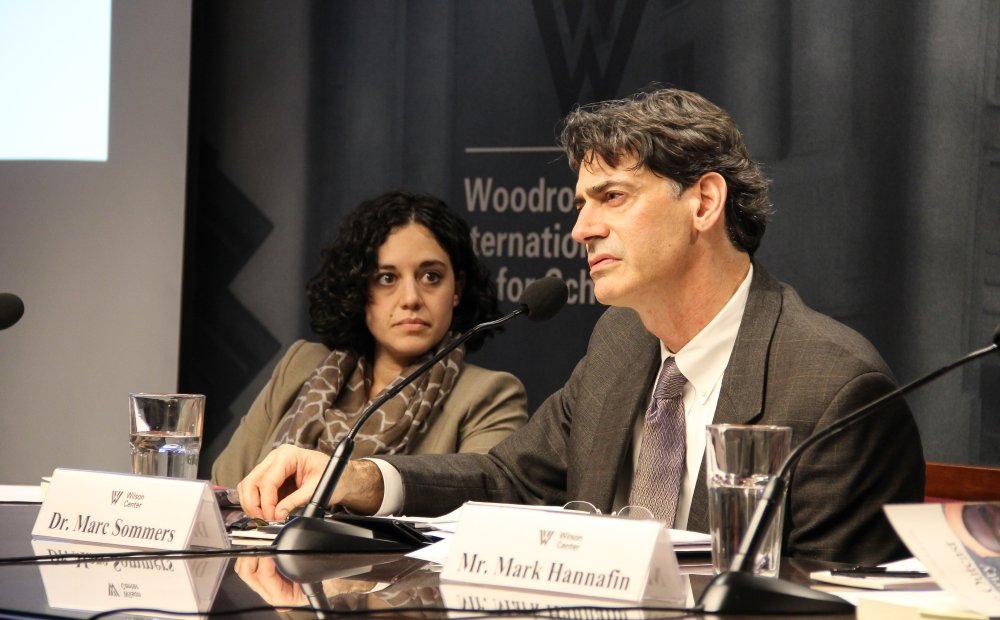Book Launch: "The Outcast Majority: War, Development, and Youth in Africa"

On January 14, 2016, the Wilson Center Africa Program hosted youth expert and former Wilson Center Fellow Dr. Marc Sommers, Visiting Researcher, Boston University, for the launch of his book The Outcast Majority: War, Development, and Youth in Africa. Dr. Sommers was joined by Mr. Mark Hannafin, Executive Secretary and Senior National Security Adviser at the U.S. Agency for International Development (USAID) and co-chair of the new USAID policy on youth in development.
In this session, Dr. Sommers discussed the isolated and disenfranchised role of the majority of youth in conflict and post-conflict societies and the implications for international development policy. The sheer number and proportion of youth in many countries has risen steeply; yet most are overlooked both by their home country and international aid programs. As a result, these outcast youth are denied opportunities for advancement, both economically and culturally. War and conflict exacerbate this issue, fracturing the development process of youth and deepening the chasm between youth and adulthood as a social construct.
In evaluating development policy, Dr. Sommers found that there is a problematic discrepancy between donor priorities and the reality on the ground in these conflict-affected societies. There has been a trend in development policy towards technocratic strategies and projects with measurable, verifiable outputs. Yet these approaches often fail to incorporate key variables such as elite structures, the nature of governance, local culture, and the target audience. There is an additional element of risk aversion, as donors — cognizant of their need to demonstrate success — are often hesitant to invest in segments of the youth population that are perceived as more “troubled.” An unintended consequence is the inclusion of primarily elite youth in most donor programming, to the exclusion of the majority of the youth population. Likewise, programming on youth primarily focuses on male youth, rendering the challenges of young women largely invisible.
In order to combat this systemic and cultural exclusion and improve the implementation of aid programs, we must first re-assess youth lives, including their own priorities and the factors that promote their cultural exclusion, and promote trust-based, qualitative research and strategic targeting. As the youth population in Africa continues to expand and countries are faced with conflict, it is imperative that the gap between excluded youth majorities and development strategies be addressed.
The Outcast Majority: War, Development and Youth in Africa can be found on Amazon.com
Speakers

Independent Consultant

Hosted By

Africa Program
The Africa Program works to address the most critical issues facing Africa and US-Africa relations, build mutually beneficial US-Africa relations, and enhance knowledge and understanding about Africa in the United States. The Program achieves its mission through in-depth research and analyses, public discussion, working groups, and briefings that bring together policymakers, practitioners, and subject matter experts to analyze and offer practical options for tackling key challenges in Africa and in US-Africa relations. Read more
